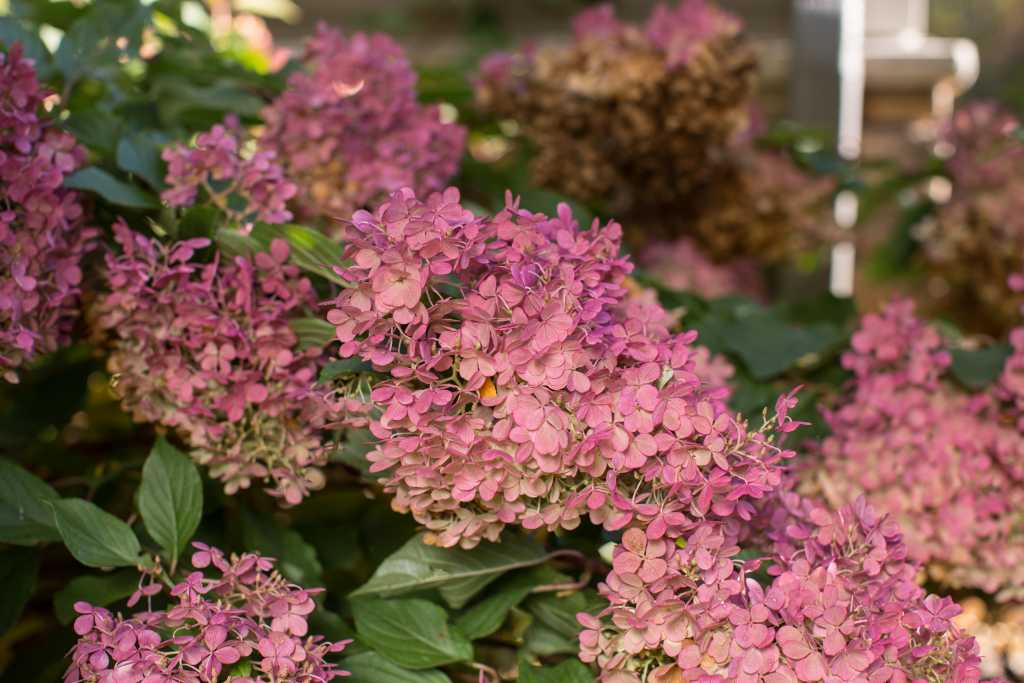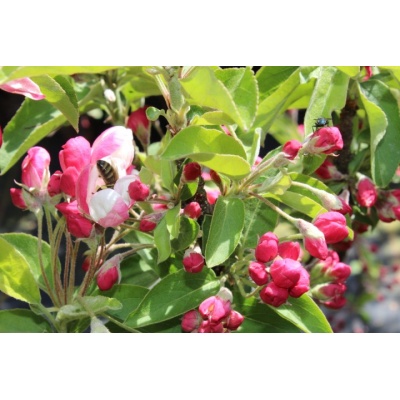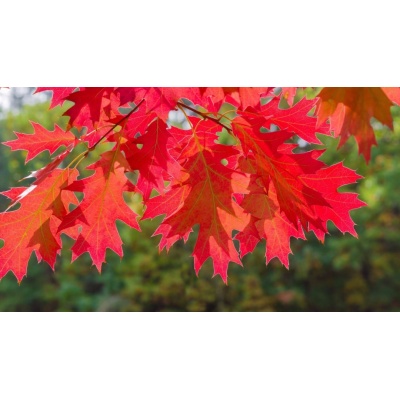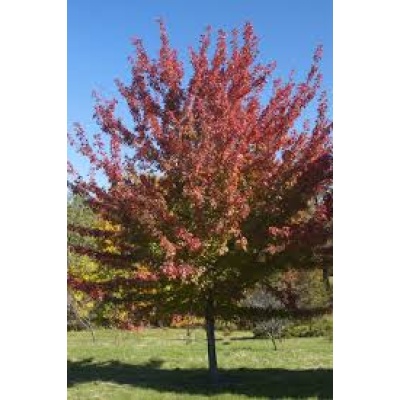Description
 Vanilla Strawberry™ Hydrangea
Vanilla Strawberry™ Hydrangea
Hydrangea paniculata ‘Renhy’ PP20,670
The enormous flower heads are a blend of vanilla and strawberry, held upright on red stems. Flowers emerge creamy white in mid-summer, change to pink as the night temperatures drop and finally turn strawberry red. New blooms emerge as older blooms change color, giving the plant a multicolored effect in late summer and early fall. The red coloring lasts at least 3-4 weeks. Plants grow upright, and then cascade later in the season. Excellent for fresh cut and dried flower arrangements.




Reviews
There are no reviews yet.